On Day 6 of Radha Shyam ki Katha Bhagwati by Pujya Bhaishri at Manchester, Pujya Bhaishri visited the Gita Bhavan Hindu Temple and performed Shiv abhishek. During the Katha, Pujya Bhaishri dwelt on the science and philosophy of this body, the Yagya Kunda and also explained on the four main holy places in India belonging to Narayan.
Lord Shankar regularly narrates Katha to his wife Parvatiji. Lord Shankar, who is symbolic of trust, speaks whereas Maa Parvati, symbolic of faith, listens. A narrator can only speak with Trust if the narrator has experienced God.
There is a difference between belief and experience. With the intellect, we think that if the world exists than the one who created it exists. Without the cause there is no effect. In addition, it has been made with raw materials. According to the Vedantic Philosophy, the creator and the materials are one, the Supreme Reality. This makes sense and we accept this. However, it is a belief as we have still not experienced it.
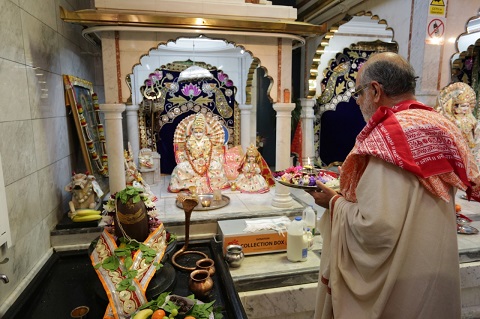
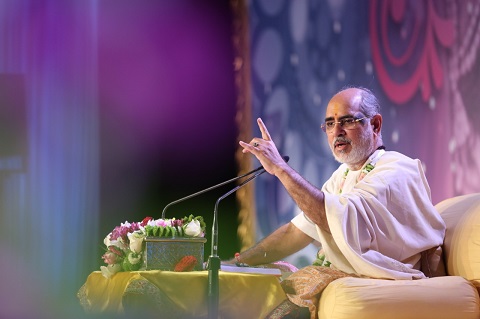
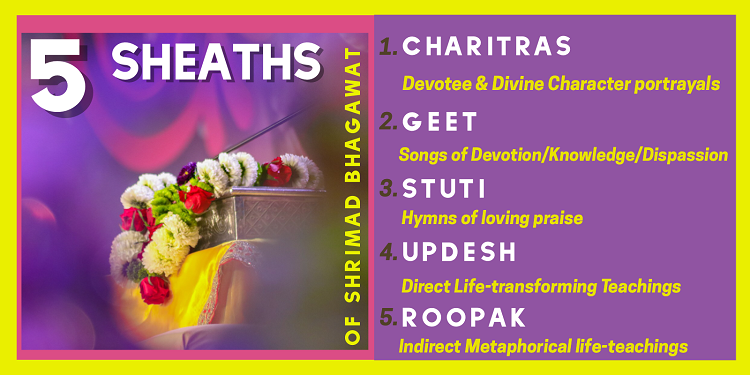
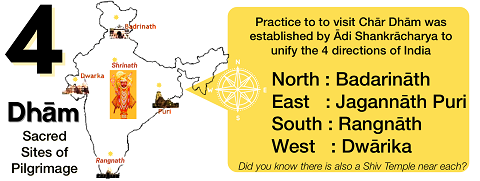

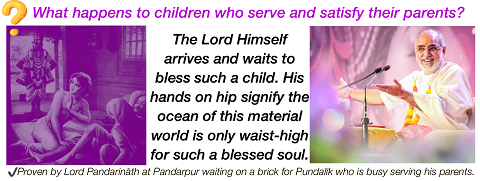
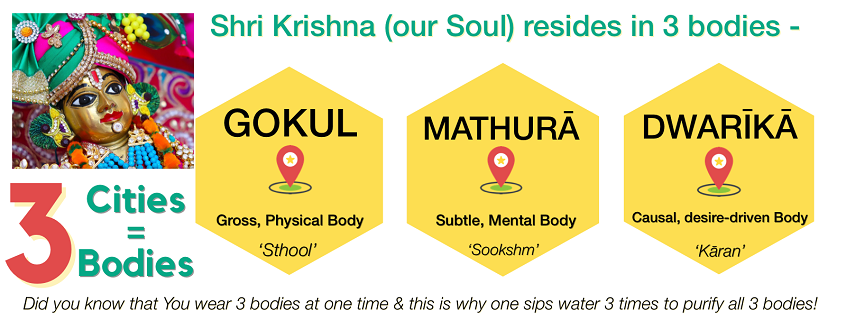
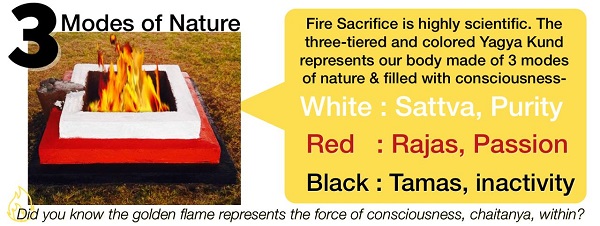
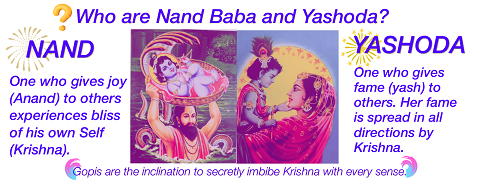
1 Comment. Leave new
Love is like the air, water, and everything else, the tangible, the intangible, and the inexplicable.